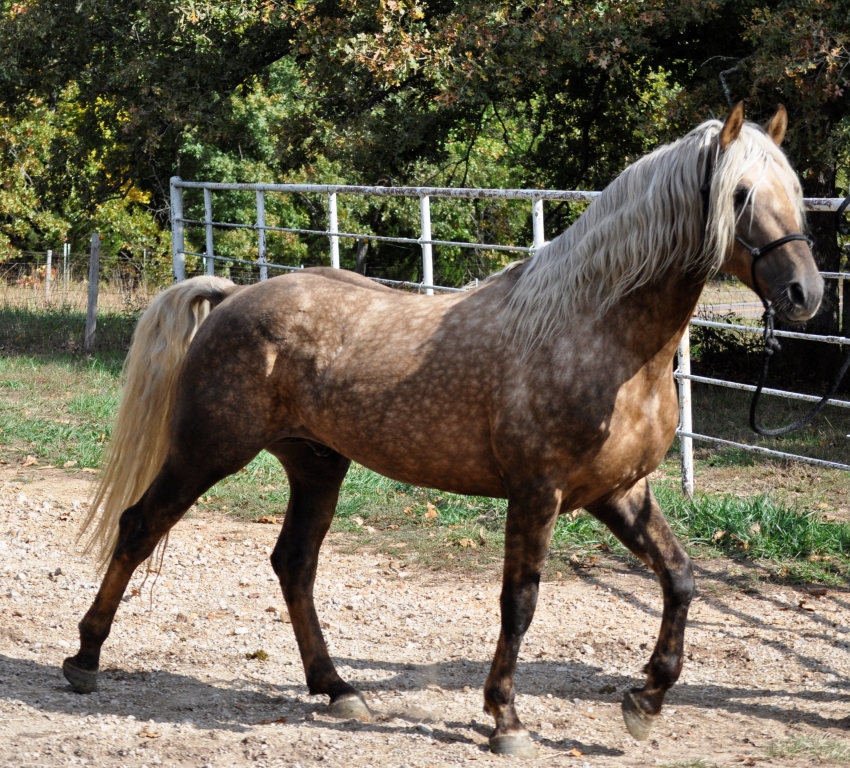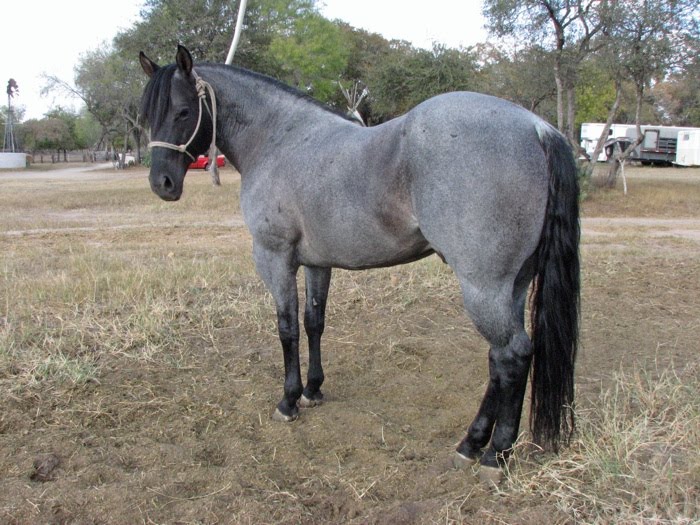Meowy Catkin
Meow!
As he looks jet black in the other photos I wonder if he's a faded black rather than a super dark bay? Sometimes feeding copper can help to keep the coat black. Some black horses that look like they've just faded slightly, actually have one copy of cream (smoky black), but they would need to have a parent that passed on the cream gene to them.
SAB - would you be willing to PM the photo to me?
R - sabino gives jagged edged white markings. The white on his face does look like sabino, but look at his socks and see if the edges are horizontal and very straight, or wiggly /jagged. Do you have a photo showing the legs?



